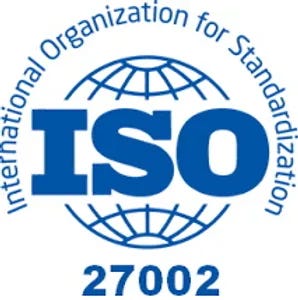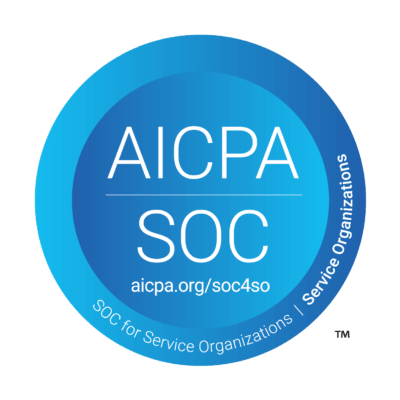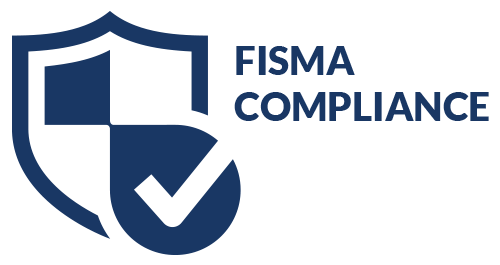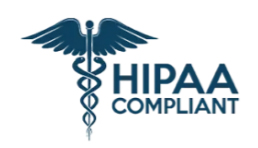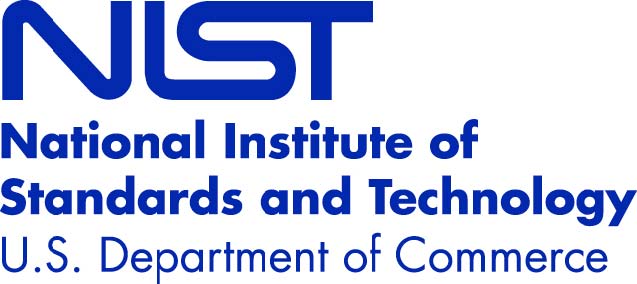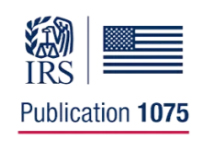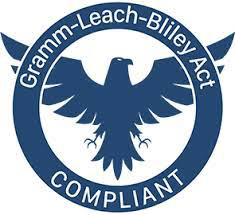With the continual spread of COVID-19 surpassing 2 million cases and rising in 21 states, state and local governments are scrambling to find a means to contain the spread. Medical supplies, PPE, and respirators are a big part of the front line, reactive treatments; however, when it comes to the proverbial ounce of prevention, contact tracing has been gaining traction albeit fewer headlines. Regardless, many government entities are turning to call centers as a silent partner in the fight.
What is Contact Tracing?
According to the CDC, contact tracing is a process to “trace and monitor contacts of infected people” and “notify them of their exposure.” The primary function of contact tracers is to help identify potentially infected people and mitigate the spread through testing and self-quarantining for the duration of the virus’s incubation period.
Call centers are the ideal contact tracing vendors, because they are equipped to reach as many people as possible to deliver a message. Not only is the service delivered remotely, but there is little need to retrofit their operational environment which already has the tools and technology to manage COVID-19 contact tracing services.
The New Normal is an Old Story
If the Spanish Flu of 1918 taught us anything it would be that a premature rush to return to “normal” had widespread, adverse impacts on case counts and deaths. Though World War I expeditionary forces cramped in crowded trains and field hospitals are the stuff of history, any resurgence in social events where crowds are gathered en masse and in close proximity without masks means the case count will inevitably trend upwards. While city and state governments are hoping for the best, they need the support of call centers who are prepared for the worst. Over 100 years after the Spanish Flu, it is no easier to regulate human behavior. Wherever 10 or more are gathered and “yearning to breathe free” the need for contact tracing will remain the new normal.
Scalability and Surge Protection
One reason the DIY approach to workforce management can be an internal fail is government entities are often hard pressed for resources to recruit, train, and manage staff on a moment’s notice. By contrast, Call Centers are in the business of ramping up staff quickly and nimbly. If a second wave of COVID-19 cases hits states as result of relaxed social distancing, call centers have the staffing bandwidth to meet the uptick in case counts and add more contact tracing agents.
HIPAA Compliance and Risk Management
Call centers that frequently support healthcare industry clients must be well versed in regulatory compliance such as Health Insurance Portability and Accountability Act (HIPAA). Contact tracing agents must possess core learning objectives specific to handling Protected Health Information (PHI) and follow CDC guidelines around health information privacy and confidentiality.
It makes sense to leverage call centers that ensure Protected Health Information (PHI) will remain protected and enforced by an established Call Quality Monitoring team.
Dialing, Logging, and Call Quality Monitoring
Not every business or government entity has the telephony or dialing and ticketing systems in place to manage contact tracing efficiently and effectively. In many cases they would have to reboot their infrastructure, data center, and hire hundreds of IT and call center staff in order to manage the service internally. This comes at a high time and materials price tag and expertise is not necessarily included. Call centers, on the other hand, are fully equipped to handle inbound and outbound calls and have the quality monitoring measures in place to make sure it is done right. In addition to proper HIPAA compliance training and regulatory management, call centers ensure call quality by recording all calls which are then reviewed by compliance specialists who in turn provide a documented continual improvement feedback loop to the contact tracers.
Skip Tracing and Contact Tracing
Despite all of the social media and voluntarily posted contact data, contact tracing still requires a modicum of digital sleuthing to be managed effectively. A call center that specializes in debt collection may apply the same skip tracing techniques to contact tracing. Agencies that are in the business of locating people that owe money, have access to various location methods and electronic databases with up to 500 million records to cross reference. This enables contact tracer access to current contact information for potentially COVID-19 exposed individuals.
Empathy: Dial Out without Dialing It In
Notifying someone that they’ve been exposed to an illness requires more than a “dial it in” mentality. Plus, being told to impose self-isolation during the COVID-19 incubation period is difficult for people whose livelihoods depend on going to work. Contact tracers absolutely must possess soft skills and pick up on social queues like tone and be able to demonstrate a bedside manner. A scripted, monotone, just-the-facts approach to a very human dialogue does a disservice to the person on the other end of the call. Contact tracers are broaching sensitive topics and need to be equally sensitive to how they deliver the message of potential COVD-19 exposure, especially to high risk individuals. It is not a career choice for the faint of heart.
No End in Sight
While a large portion of the US population still practices social distancing, wears masks in public places, and stocks up on hand sanitizer, anyone who expects an end to the coronavirus this summer is encouraged, in this instance at least, not to hold their breath. Since the virus will not disappear overnight without a trace, leveraging call centers for contact tracing will remain the first line of defense against the spread.
